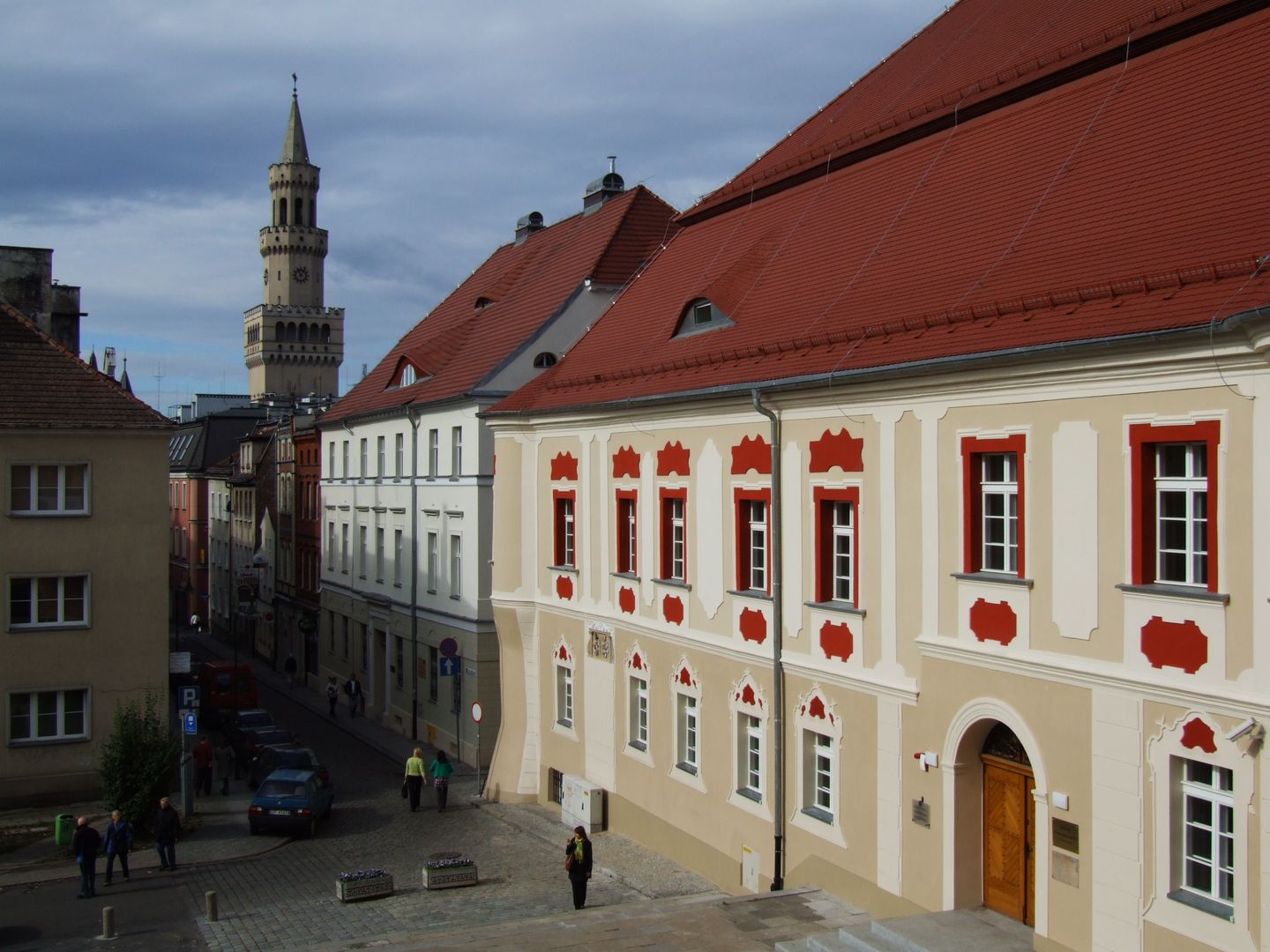Museum of Opole Silesia in Opole
6.8

Overview
The Silesian Museum of Opole (Muzeum Śląska Opolskiego w Opolu) is a regional cultural institution whose history dates back to 1900, when it was established as the Municipal Museum. In 1932, it gained the status of a regional museum, and its headquarters were moved to the Baroque building of the former Jesuit College located at Mały Rynek. In 1980, the museum expanded to include a Neoclassical townhouse, and in 1999, the Jan Cybis Gallery was opened. The institution collects artifacts in the fields of archaeology, history, art, ethnography, and natural history, with the building's architecture featuring the heraldic cartouches of the noble Proskowsky and Lobkowitz families. The museum houses extensive collections divided into five departments, including the most valuable relics from the Stone, Bronze, and Iron Ages, old prints and maps, paintings by prominent Polish artists, as well as exhibits related to the material culture of Silesia. Among the permanent exhibitions are "Prehistory of the Opole Region" and "Polish Painting of the 19th and 20th Centuries." The museum is actively involved in educational and publishing activities, emphasizing the importance of local traditions and art. A notable highlight is the extensive collection of Jan Cybis, an outstanding colorist born in the region, as well as the diversity of natural history collections, including paleontological specimens. The museum is considered one of the most important cultural institutions in the Opole Voivodeship.
Location
Tickets
Powered by GetYourGuide
2025 Wizytor | All Rights Reserved